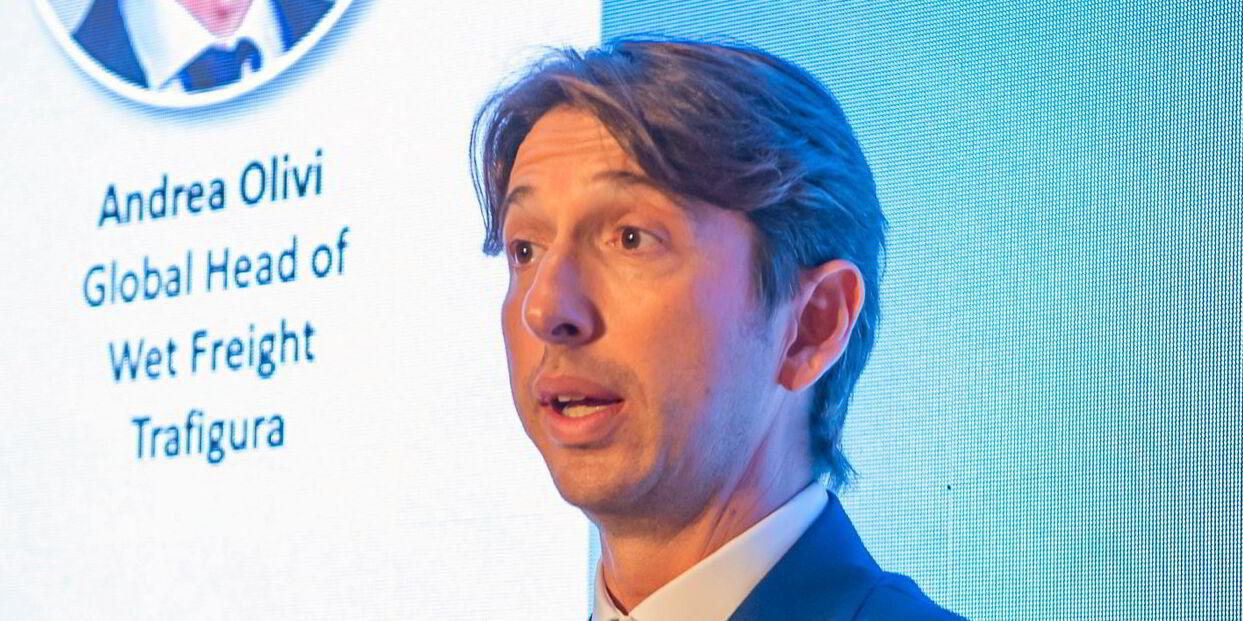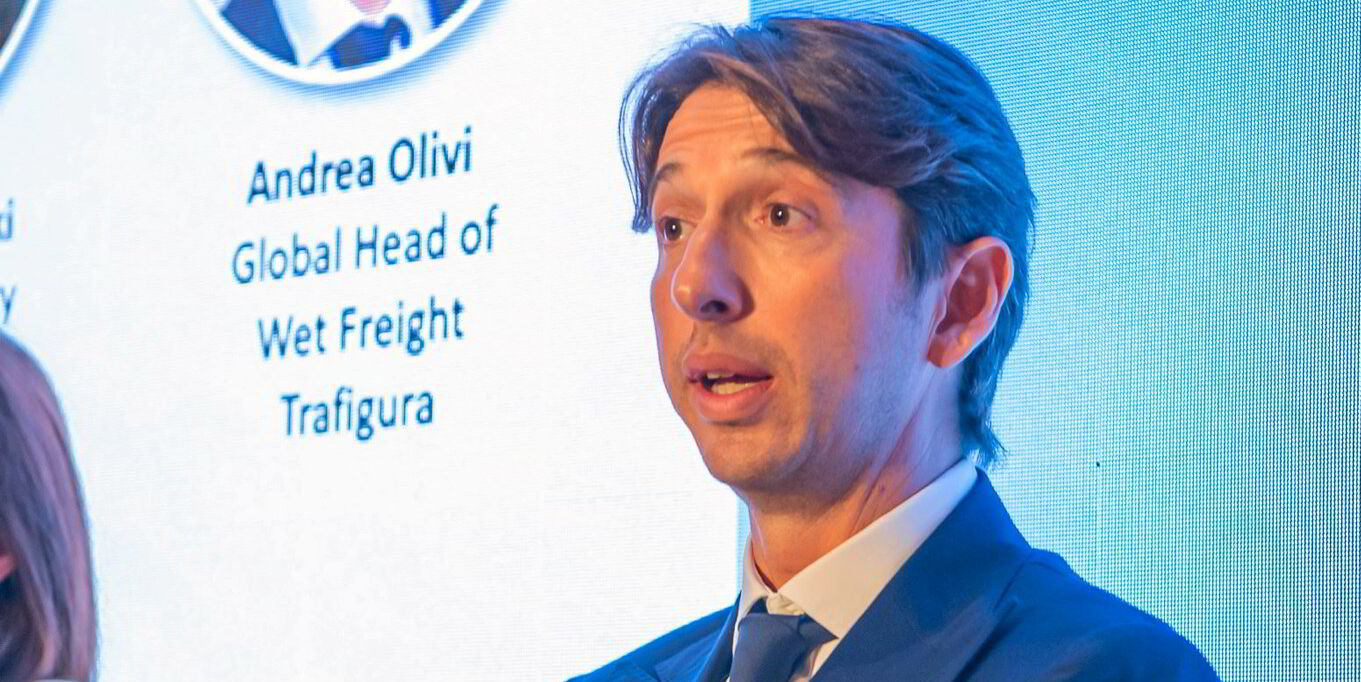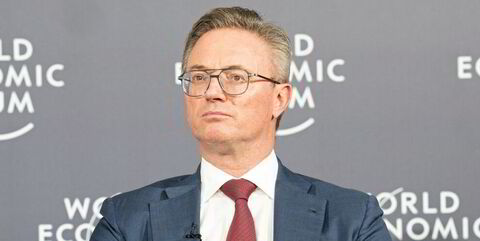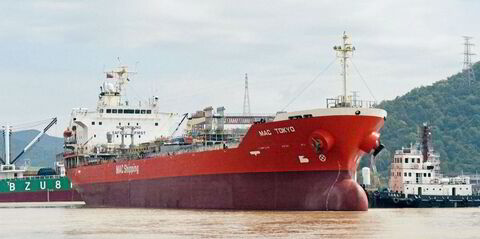The upcoming FuelEU Maritime law in the European Union should help lift the shipping industry’s uptake of lower-carbon fuels, according to a key shipping executive at trading giant Trafigura.
And Andrea Olivi, the global head of wet freight at the Swiss company, said the regulation was a major factor in Trafigura’s own decision to order a quartet of dual-fuel LPG carriers that can run on ammonia.
FuelEU Maritime, which enters force in January, places gradually tightening limits on the carbon intensity of the energy used by shipping.

It follows shipping’s inclusion in the EU’s Emissions Trading System (ETS) this year, marking the first time a price has been placed on the industry’s greenhouse gas emissions — but the cost has not been particularly high.
“But I have to say, we haven’t really seen a change in behaviour from both owners and/or charterers as a result of EU ETS,” said Olivi of the emissions trading rules.
That may change in the future, as the costs of carbon in the trading regime rise and more of shipping’s greenhouse gas footprint is covered.
“On an even more positive note, next year, we will have the commencement of a new regular regulatory measure, FuelEU Maritime, which we believe will have a very positive effect on the uptake of lower-carbon fuels,” he said in an interview for an upcoming episode of the Green Seas podcast.
Olivi said Trafigura particularly likes FuelEU Maritime because it operates similarly to a feebate system — a combination of fees and rebates.
Feebates tackle cost difference
“The feebate-like system not only neutralises the cost difference between conventional fuels and lower carbon fuels, but it actually incentivises the use of green fuels thanks to the credit system,” he said.
“FuelEU Maritime was a big driver behind our decision to order dual-fuel ammonia MGCs [midsize gas carriers], and I think a lot of credit should go to the EU for introducing this.”
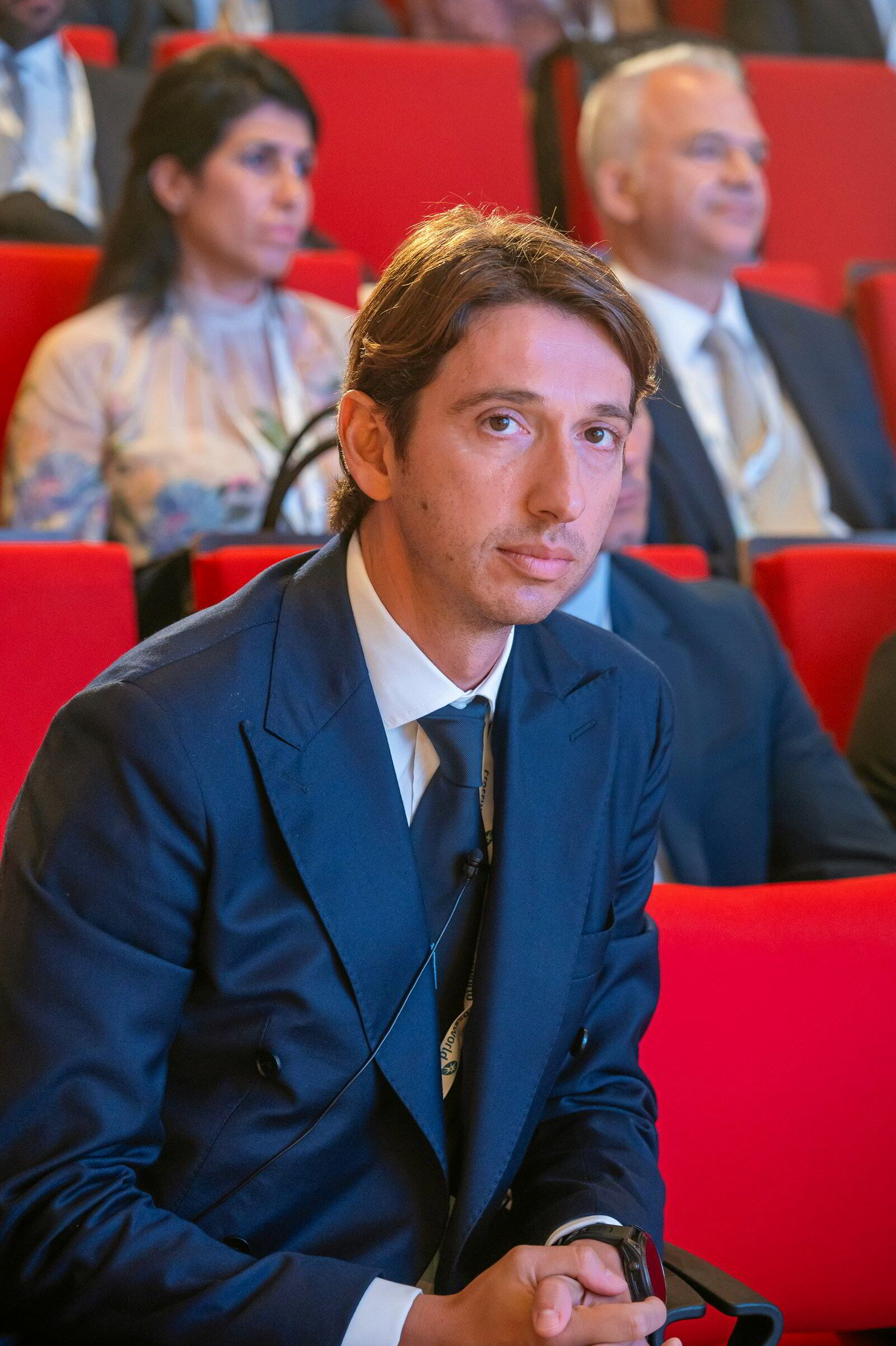
The company announced in May that it booked the ammonia-fuelled quartet at South Korea’s HD Hyundai Mipo Dockyard, with delivery slated to start in 2027.
A feebate-like mechanism in FuelEU Maritime allows companies to reinvest their penalties by purchasing lower-carbon fuels.
And Olivi said that could be a boost for fuels like blue ammonia, which uses captured carbon to make the fuel greener, or biofuels.
“We particularly like biofuels as one of the main measures to reduce shipping emissions today, and we have mentioned why it’s so important to start reducing from today, rather than wait into 2027 or 2030,” he said.
Olivi said he believes Trafigura is in a position to be a supplier of biofuels to that growing market through TFG Marine — its bunkering joint venture with John Fredriksen-backed shipowners Frontline and Golden Ocean Group.
As for ammonia, he said the development of ammonia-fuelled engines is going to plan, and it is only a matter of time before the first one hits the water.
And once that happens, the momentum should grow, he said.
“We see an increasing number of bunkering pilot projects ongoing, and in particular, we see several jurisdictions that are pushing very hard for ammonia bunkering to happen,” said Olivi, noting that Singapore is leading the way.
“I think we need to see more countries following Singapore’s lead.”
He said that it is not surprising that consensus is building at the International Maritime Organization, which is discussing policy measures to push shipping towards the United Nations’ shipping body’s net-zero target for 2050, and towards a similar feebate framework.
Olivi said that at a time when shipping is “finally realising” that it needs to do more, it also has more capital to deploy on the decarbonisation, thanks to strong markets in the container ship, car carrier and tanker markets.
Asked what is the key thing that needs to change to turn that realisation into action, Olivi said the cost difference between conventional and green fuels must be neutralised.
“If a regulation similar to FuelEU Maritime was to be applied on a global scale, I am 100% confident that we will see more dual-fuel ammonia vessels being ordered,” he said. “We will see more owners looking to secure biofuel offtake.”
Trading giant Trafigura has highlighted five key ways that it believes the industry could use to tackle greenhouse gas emissions from vessels.
Biofuels: A B30 biofuels blend could cut greenhouse gas intensity by 25%, compared with using low-sulphur fuel oil.
Energy efficiency technologies: Silicone hull coatings, wake equalising ducts and other kit could slash emissions by 10%, compared with an unmodified vessel.
Slow steaming: Operating at slower speeds can cut emissions by up to 19%.
Data and digitalisation: Better routing and fuel savings can reduce emissions by 10% through the use of digital technologies.
Emissions capture: Capturing methane slip and CO2 emissions could reduce 10% to 20% of total greenhouse gas output.
